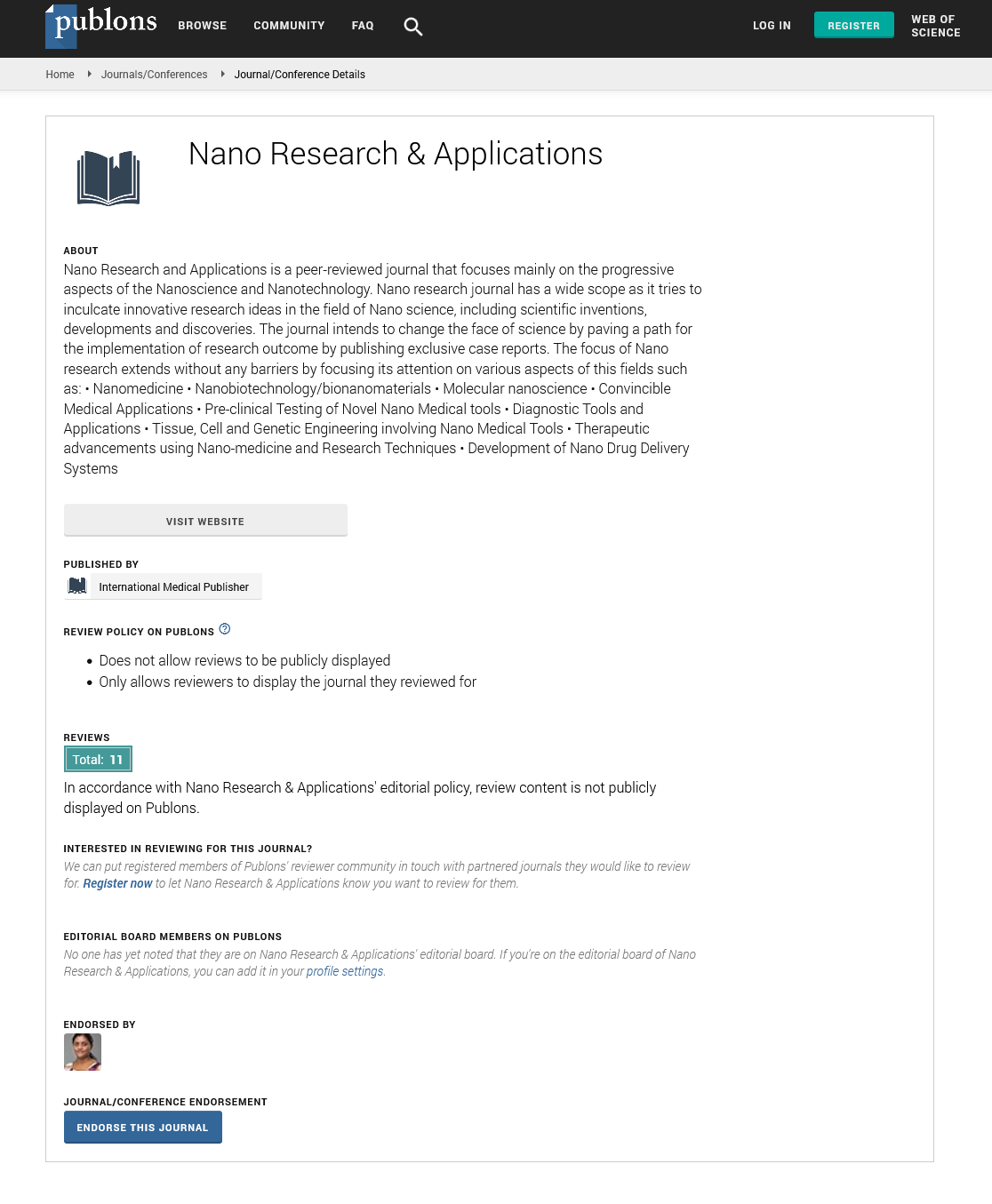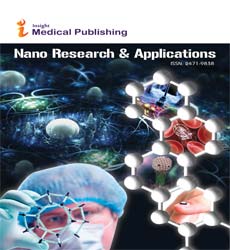Abstract
Cellulose-protein moieties as bioingredient: their origin, composition, structure and industrial application
Globally, around 2815 tunicate species have been recorded from shallow coastal waters to deep waters. These organisms have cellulose and protein in their structural and chemical composition. Extraction of tunicate cellulose nanofibers (T-complex) can be done using a wide variability of methods. Phylogenetic analyses of ascidian cellulose synthase suggested that the genes might have been acquired from a prokaryote by horizontal gene transfer prior Tunicate CesAs have only been identified in two ascidians, Ciona savignyi and C. intestinalis. To support the cytoskeleton, body structure and functions, cellulose is produced by multimeric cellulose synthase located in the Terminal Complexes (TCs) inserted in the plasma membrane. Considering this, the protein-cellulose moieties or complexes (PC-tun complex) have been researched in many studies without elucidation of their bio-arrangement in the tunicate cell. Chemically, the principal constituents of the tunics are proteins with amino groups and tryptophan, scleroproteins, collagen and elastic fibers as well as high quantities of acid mucopolysaccharides and neutral polysaccharides. This family of proteins was first discovered and isolated in the study of general mechanisms of adhesion of E-cadherin. β-catenin is part of many human canonical and non-canonical process inter and extracellular. This molecule has been researched acting as regulator signal in many drug-delivery systems as metabolic routes, showing properties that influence diseases as cancer, metabolic disorders, cognitive disorders, osteoporosis. The function of these polysaccharides in the tunic of the ascidian is a matter of speculation. Since the tunic of ascidians is an external supportive and protective skeleton and these polysaccharides occur in concentrations which resemble the great quantities of the glycosaminoglycans that are characteristic of cartilages. Finally, bioingredients as T-complex can be obtained from marine and terrestrial sources and their bioactive compounds has been well recognized in connection with health promotion, disease and risk reduction in health care costs, food and packaging material applications. Because of its unique functional properties, these compounds have a widely used in food industries, pharmaceutical preparations, cosmetic and material industries.
Author(s): Damasio R. A. P.*, Redmond E. F, Costa J. C., Eufrade H. J.
Abstract | PDF
Share this

Google scholar citation report
Citations : 387
Nano Research & Applications received 387 citations as per google scholar report
Nano Research & Applications peer review process verified at publons
Abstracted/Indexed in
- Google Scholar
- China National Knowledge Infrastructure (CNKI)
- Directory of Research Journal Indexing (DRJI)
- WorldCat
- Publons
- Secret Search Engine Labs
- Euro Pub
Open Access Journals
- Aquaculture & Veterinary Science
- Chemistry & Chemical Sciences
- Clinical Sciences
- Engineering
- General Science
- Genetics & Molecular Biology
- Health Care & Nursing
- Immunology & Microbiology
- Materials Science
- Mathematics & Physics
- Medical Sciences
- Neurology & Psychiatry
- Oncology & Cancer Science
- Pharmaceutical Sciences


